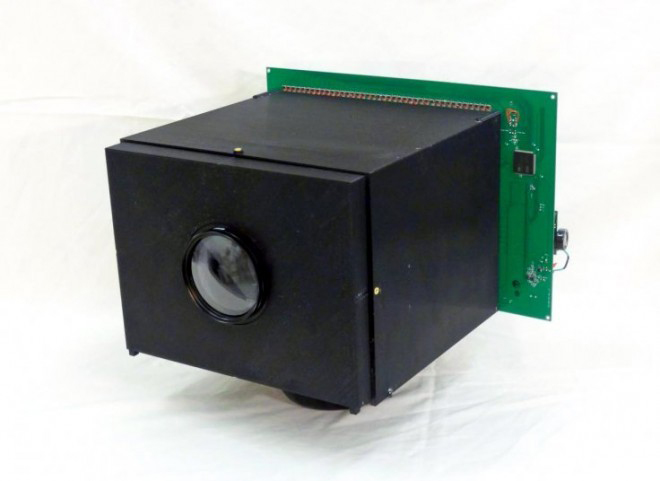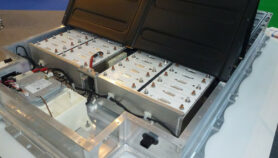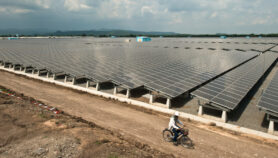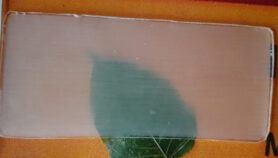By: M. Sreelata
Send to a friend
The details you provide on this page will not be used to send unsolicited email, and will not be sold to a 3rd party. See privacy policy.
[NEW DELHI] A team of scientists at Columbia University, New York, has developed the prototype of a digital video camera that powers itself indefinitely.
The India-born leader of the team, Shree K. Nayar, tells SciDev.Net that the device which measures light and also converts it into electric power is capable of producing an image of a well-lit indoor scene every second for an infinite period of time. The camera can function without daylight by dipping into a self-generated power bank.
“We are in the middle of a digital imaging revolution,” says Nayar, director of the Computer Vision Laboratory at Columbia. “Digital imaging is expected to enable many emerging fields including wearable devices, sensor networks, smart environments and personalised medicine.”
The technical details of the camera were first described through a paper presented by Nayar’s team at a conference of computational photography last month (April) in Houston, Texas.

At the heart of any digital camera is an image sensor, a chip with millions of pixels. The key device in a pixel is the photodiode which produces an electric current when exposed to light. This mechanism is also used in solar panels to convert incident light into electric power.
Nayar’s team used off-the-shelf components to fabricate an image sensor with 30×40 pixels, each also operating on photovoltaic mode.
During each image capture cycle the pixels are used first to record and read out the image and then to harvest energy and charge the sensor’s power supply — the image sensor continuously toggles between image capture and power harvesting modes.
When the camera is not used to capture images it can be used to generate power for other devices, such as a phone or a watch.
“Even though we’ve used off-the-shelf components, our sensor architecture easily lends itself to a compact solid-state imaging chip,” Nayar says. “We believe our results are a significant step forward in developing an entirely new generation of cameras that can function for a very long duration without being externally powered.”
Frédo Durand, professor of Electrical Engineering and Computer Science at the Massachusetts Institute of Technology, tells SciDev.Net that the device would be useful in “such application areas as surveillance and artificial retinas where it may be hard to provide constant power.”
Durand adds, however, that there is a long way to go between the bulky prototype and actual deployment. “But the design is sound, can scale, and is exciting,” he says.
> Link to Columbia University site
This article has been produced by SciDev.Net's South Asia desk.














